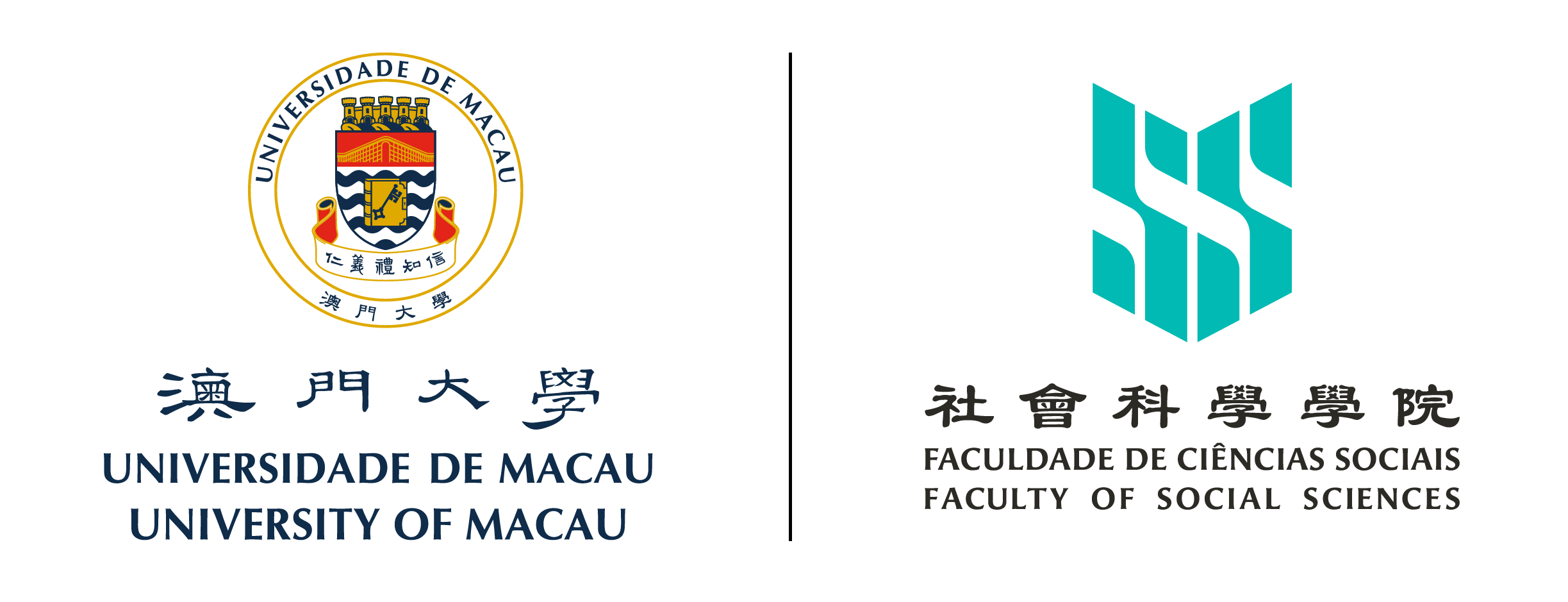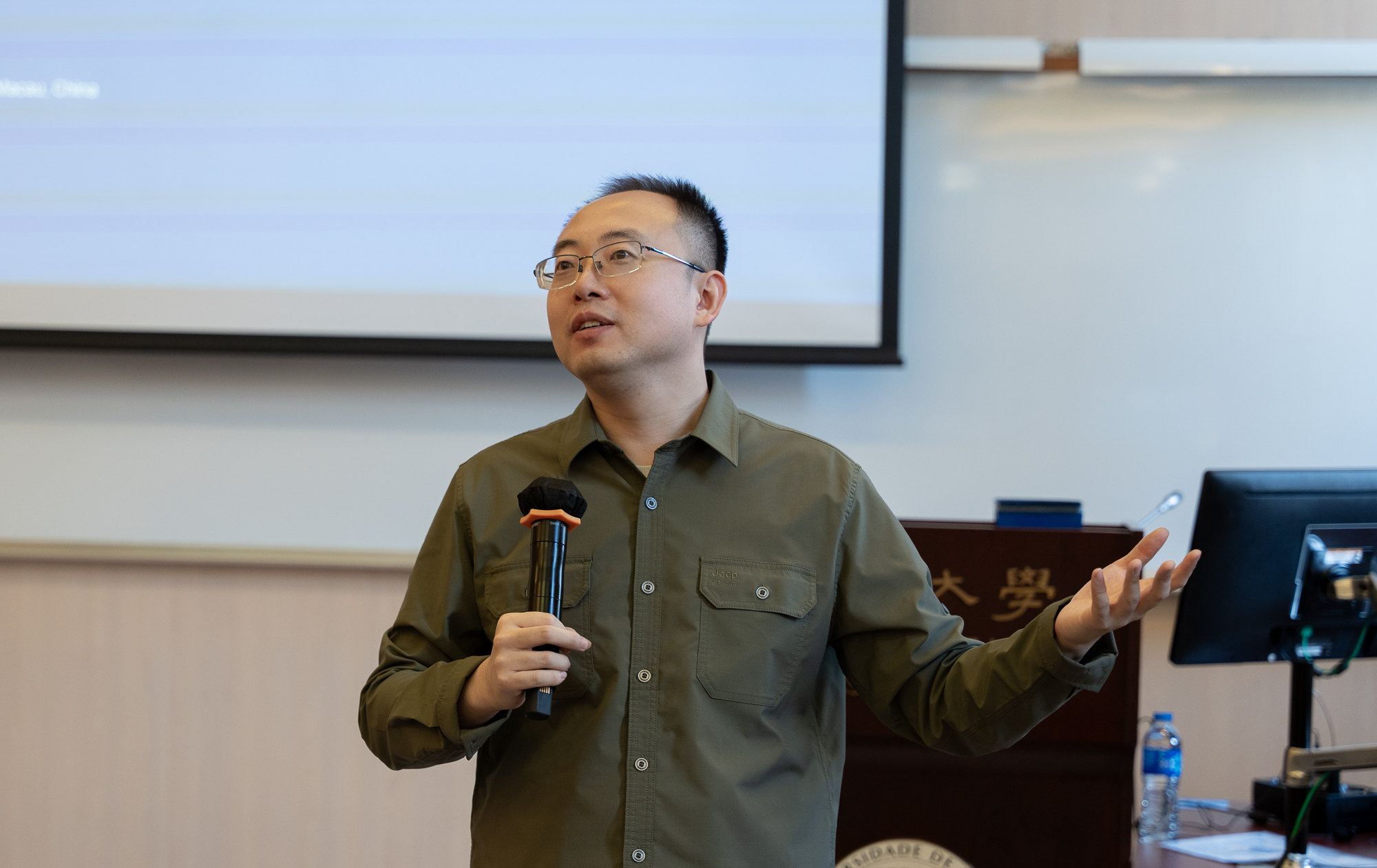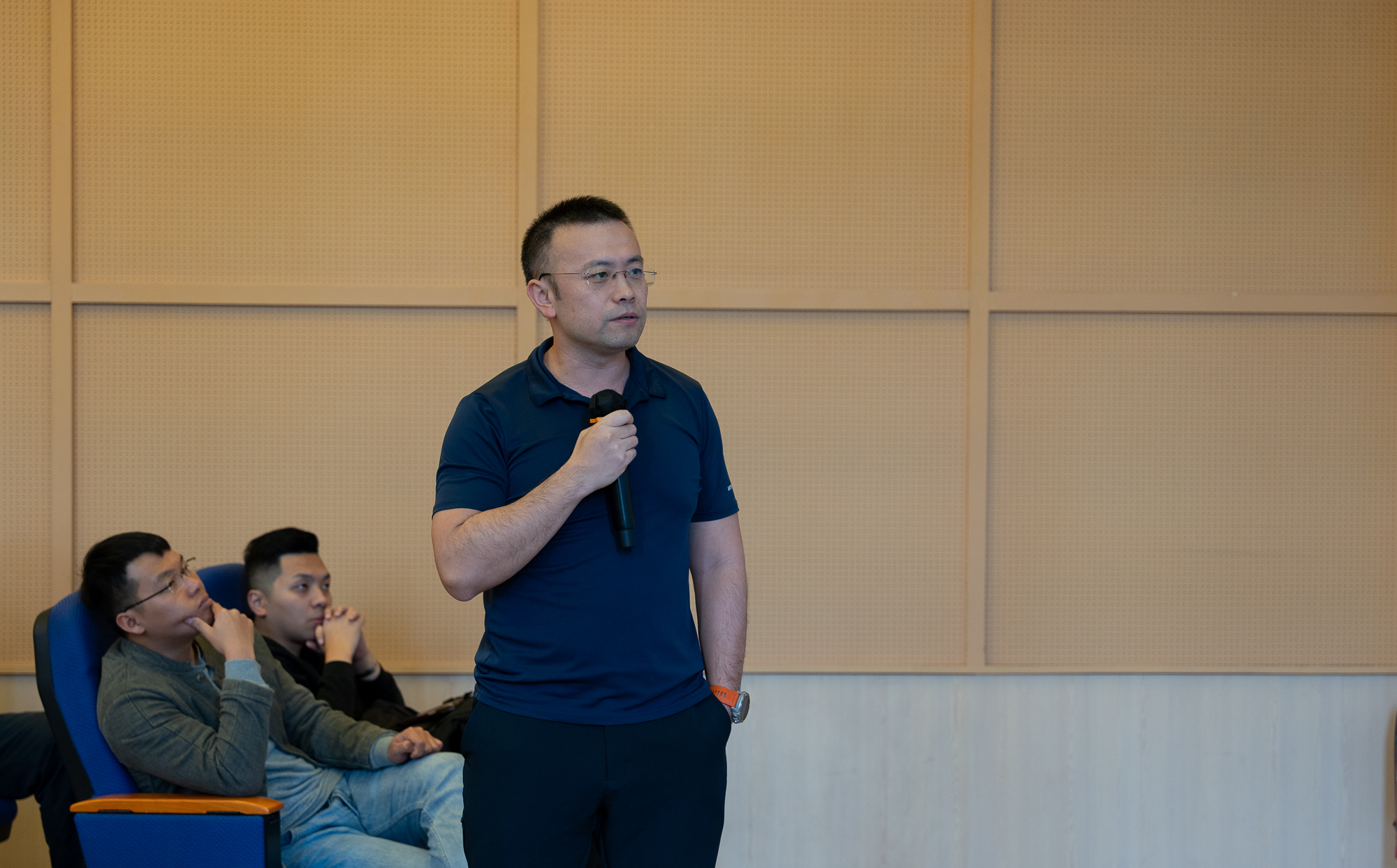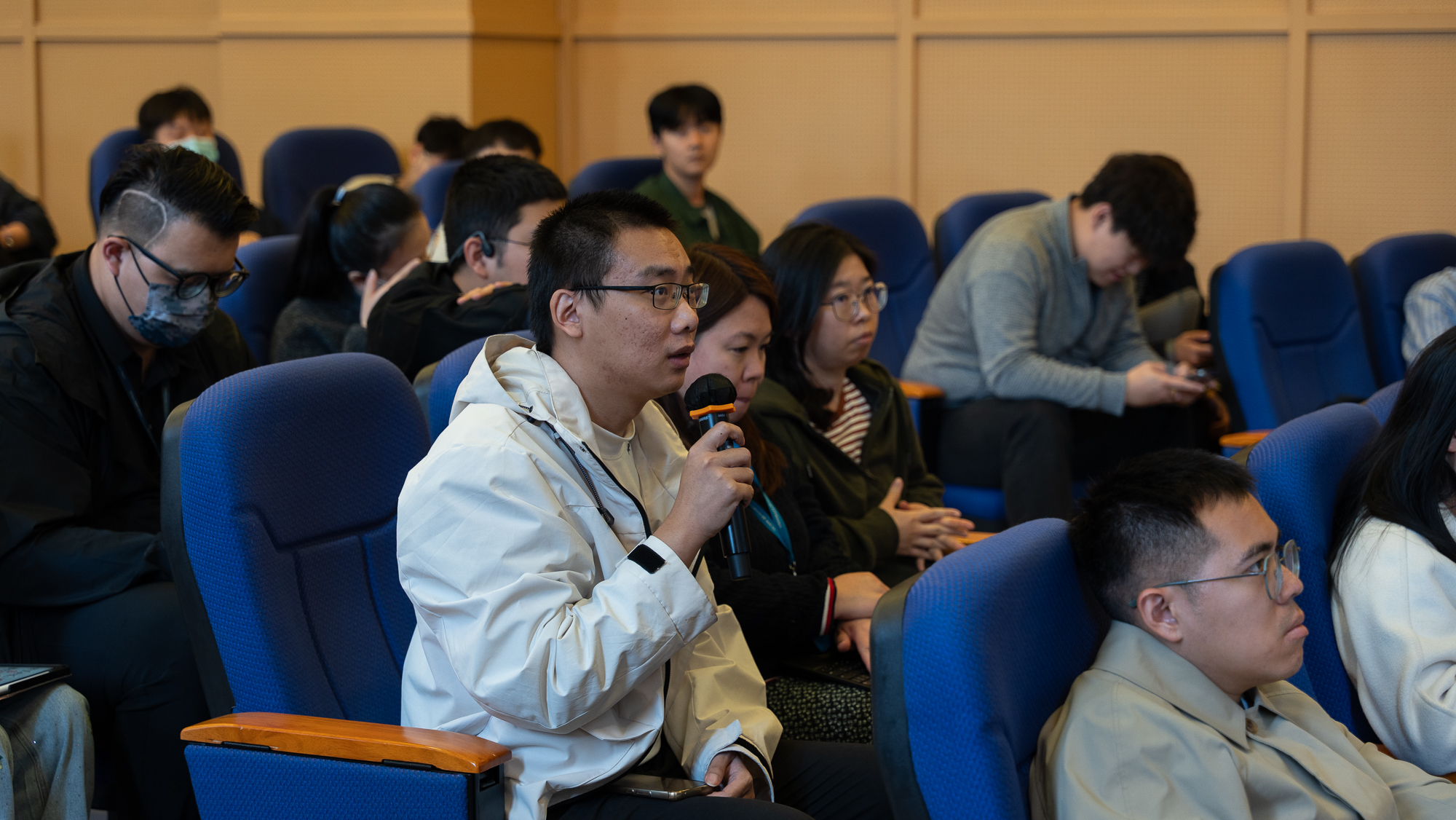To promote the development and application of computational social science research, the Faculty of Social Sciences at the University of Macau (UM) continues to host the Computational Social Sciences Workshop series in the new semester. In the latest session, Prof. Siyuan Ma from the Department of Communication at UM explored the dissemination characteristics and impact of foreign pseudohistory conspiracy theories in developing countries.
“Foreign pseudohistory,” as a unique form of conspiracy theory, lacks evidence but is widely prevalent on social media. For example, some netizens claim that the pyramids are fabricated. These pseudohistorical views have sparked extensive discussions on social media. Prof. Ma collected 213 videos supporting foreign pseudohistory and 89 videos opposing it from the Chinese video-sharing platform Bilibili. Analysis revealed that videos opposing foreign pseudohistory attracted more views and comments than those supporting it, although the latter still attract fans with high stickiness.
After categorizing the video content, three core themes were identified:
- Exploring how foreign civilizations and history are built on fabrication and plagiarism;
- Using the promotion of foreign pseudohistory to counter Western-centrism;
- Refuting and mocking foreign pseudohistory and enlightening the public about the real history.
Additionally, Prof. Ma examined the relationship between foreign pseudohistory narratives and nationalism and populism in developing countries. He argued that this phenomenon is not only linked to nationalism but also involves distrust of intellectuals, science, and scholars.
Prof. Siyuan Ma is currently an assistant professor in the Department of Communication. His research focuses on political communication, international communication, and computational methods and big data. His work has been published in several SSCI Q1 journals, including Digital Journalism, Human Community Research, Health Communication, and Communication Monographs.






